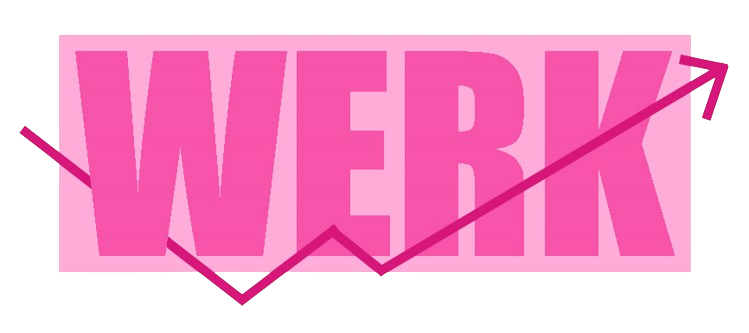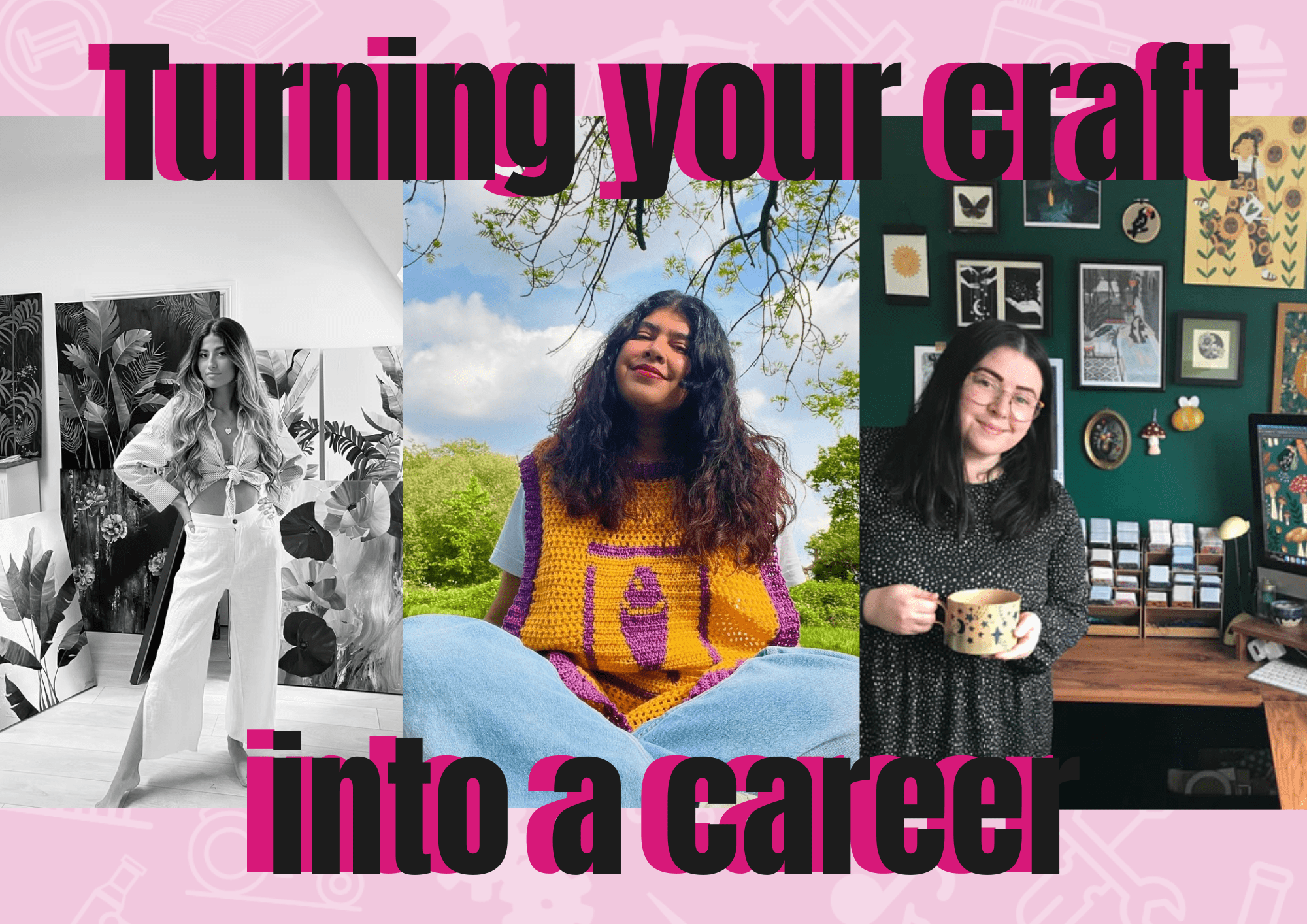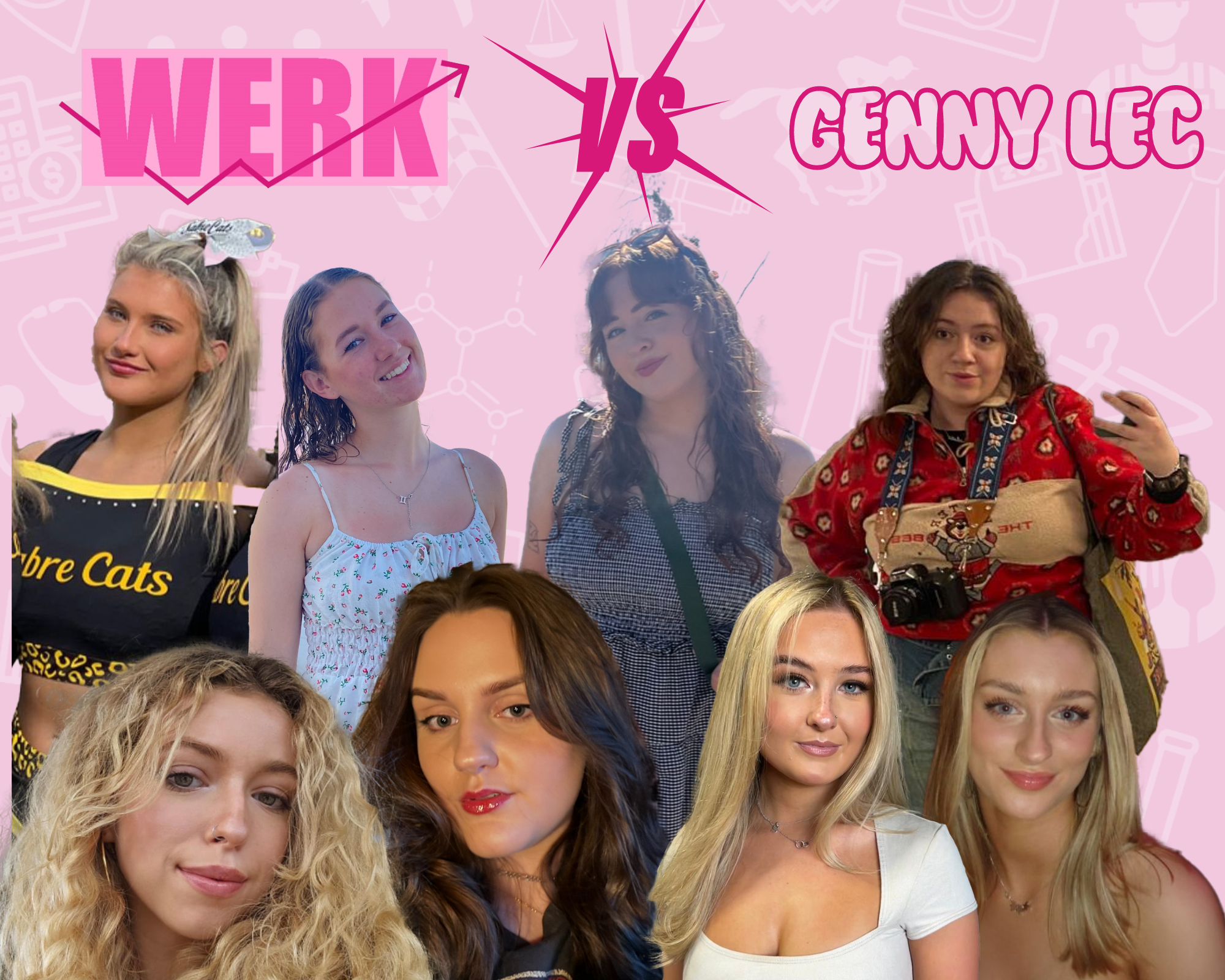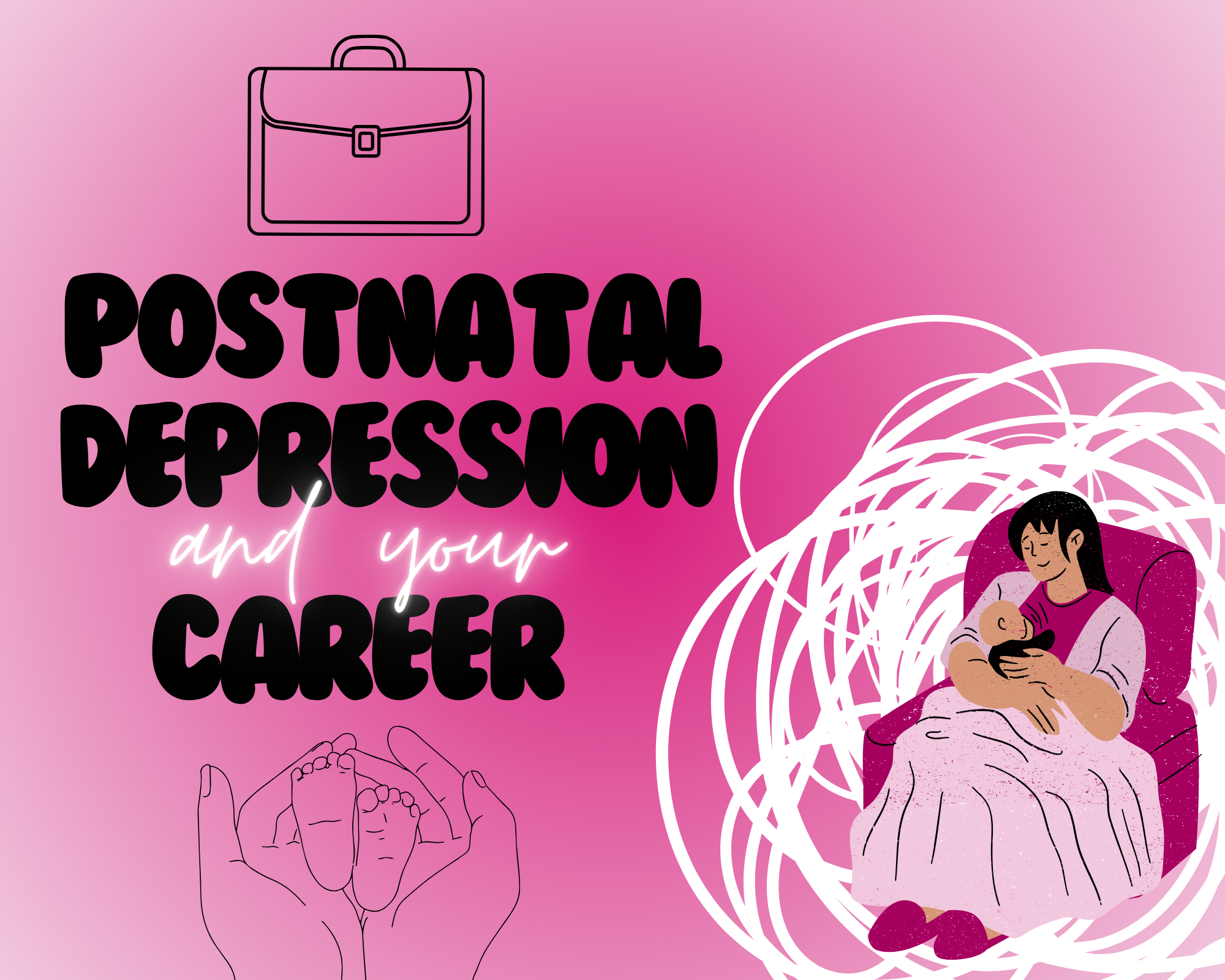With one brushstroke, stitch and design at a time, many young women are turning their creative hobbies into lucrative businesses. We asked three of these women for their advice on kickstarting turning your craft into a career.
Ciara Long – The Tiny Toucan
Ciara Long, 31, is a designer living in Bristol and she currently runs the brand The Tiny Toucan which produces beautiful, sustainable, illustrated paper goods.
When I was young, I thought I’d be a zookeeper or a vet, mostly because I liked animals and didn’t know what other career paths existed. In school, creative subjects were taught with the idea that they were just a hobby, not a realistic career path. I was actively deterred by my career counsellor from going to college to study art instead of the more traditional academic route of sixth form as my grades were ‘too good for that’.
It wasn’t until I decided to do an art foundation, that everything changed. I remember so vividly the first thing my foundation tutor said was ‘Ignore everything they taught you in school, it’s a load of Ofsted nonsense, this year you will find true creativity’. They were not wrong. It was this year full of richly diverse creative practices and lecturers, that made me realise I could make a career of this.
Before the creation of my brand, I worked for several years in print design. I worked for a major fashion brand, and a smaller independent stationery brand followed by several years freelancing for a multitude of companies large and small.
Right as I was in full swing, fully booked for months in advance, Covid-19 hit us in full force. Illustration and print design are not ‘essential work’ so all the brands I worked for were furloughed and could no longer offer freelance contracts. It was in this period of unknown and quite honestly, fear of how I’d pay my rent that I created my brand.
Pricing work is an ongoing difficulty for all of us! Consider your time, not just the time you have taken to make this, but all the time you have taken to train to be an expert in your craft. Other costs you need to consider are the materials you’ve used, any time coordinating and planning a project, amendments, and manufacturing costs. I make sure to do market research to ensure my products are priced fairly. I would recommend not pricing yourself too low when you start. It can be tempting to try and undercut an oversaturated market, but it is honestly not worth it.
I’ve had numerous issues with clients paying invoices months after they’re due making cash flow unstable and unpredictable. The only thing you can do here is to save before leaping into full-time self-employment. A great piece of advice I was given is that many accountancy services offer a free 30-minute consultation. I met with a couple of different firms to help me decipher if I needed an accountant and had the opportunity to ask all the questions I was unsure about.
In Autumn 2022 I launched my first calendar. I think this was the product that took my brand from just about keeping me financially stable to being significantly profitable for the season. This was a wild time and an example of where my risk aversion held me back.
During this time of around 5 months, I had no time to create at all, which had a significant negative effect on my mental health. I had no time to design new products which is not good for a product-based brand, but I was too afraid to make the necessary financial investment of employing help. I sacrificed my creative fulfilment for financial gain, I think probably subconsciously to prove that careers councillor from school wrong! It was this experience that made me truly realise that, for me, creative fulfilment is more important than financial gain.
I am a woman who has come from a low-income background and it is absolutely possible to build a creative career. Yes, it will most likely require a little more graft and grit, but if you have a product or a skill that you truly believe in you can find a way to make it work. Start small, start part-time, and don’t be afraid to seek help.
Website: https://thetinytoucan.co.uk/
View this post on Instagram
Jasmine Marshall
Jasmine Marshall, 23, is the founder of a London-based premium fine art brand and sells her artwork directly to collectors across the globe.
I have always been very entrepreneurial and dreamed of owning my own business. During the lockdown in 2020, I decided to start posting my art on Instagram, it was here that I started to gain a following and did commission work.
The first step I took to turn my artwork into a premium Fine Art brand was to develop and work on my art style. I naturally lean towards nature and flowers regarding the subject matter; however, I wanted my art to stand out and have a recognisable style. I spent months perfecting my craft and eventually produced a collection that felt authentic to me.
In the early stages of my business, I started with an Etsy shop where I sold original artwork. I also offered commissions at the time, working with clients to build their perfect piece of art, designed to fit their home interiors. I first started selling my artwork during lockdown; there was a huge movement towards supporting small businesses, so it was successful from the first few months of selling.
Every artist has different pricing strategies; however, I like to charge per square inch of my canvas. As you become more established in the industry and gain a reputation you can increase your price. Original pieces naturally come at a higher price point because they are investment pieces and one-off artworks. Prints can vary in price due to sizing and offer a cheaper alternative to clients.
Online platforms can offer cost-effective ways to showcase and sell your artwork. Create a strong online presence through social media, art marketplaces, or personal websites. These platforms not only provide exposure but also allow you to connect directly with art enthusiasts, potentially leading to sales and commissions.
Some may assume that pursuing a creative career only requires artistic talent rather than business skills. In reality, understanding basic business principles, marketing strategies, and financial management is crucial for sustainable success in creative fields. Artists who balance creativity with business savvy are better positioned to turn their passion into a viable career.
Authenticity is a powerful tool for building a connection with your audience. Stay true to your artistic voice, share your personal story, and engage with your community genuinely. Authenticity not only sets you apart in a crowded market but also fosters a deeper connection with those who appreciate and support your work.
Website: https://jasminemarshallart.co.uk/
View this post on Instagram
Nia – Valkyrie Creates
Nia, 24, posts her crochet creations on Instagram and sells her original patterns to her followers.
I started learning how to crochet before lockdown because I wanted to make Christmas gifts. I was a recent graduate with a part-time job so I didn’t want to be spending too much and handmade presents seemed like the best idea. I loved how crafting made me feel, that sense of accomplishment after each piece and the calming effect the process had, it practically took over as my main hobby.
I created my account on Instagram at the beginning of 2023 to treat it as a journal. But then I started joining these pattern tests and learning how fibre artists were making money; I was intrigued.
I’m definitely in the beginning stages of monetising my art. At first, I put on my profile that I was open to commissions and I did a few, but these were from people that I had known already before the account. However, it still counts and without putting myself out there these commissions would never have come to me. I knew selling physical crochet products was going to be a lot harder than patterns so I started to learn how to write patterns and design products.
Pricing is a bit of a tricky one – you have to mark your products at a fair price. If I made something that took 5 hours, I shouldn’t have to sell it for 1 hour minimum. A good formula is the supply cost + (hourly rate x hours spent crafting). If the price seems too hefty, of course, you could adjust the number but you have to pay yourself a fair wage. Too many crafters, including myself, often undersell.
Always keep receipts and maybe a journal to write down your expenses. I’m still getting the hang of this myself, but having a space that is separate for your finances helps me visualise the losses and profits more easily.
I’m privileged in the sense that I still live at home and I have a full-time job but not all creatives have the luxury. Now that I have started to monetise my art, I understand the struggles that most artists have but I’ve also seen how supporting the community is. If you are consistent and confident in your business, there is no reason why your passion can’t fund living.
You don’t need a degree to pursue a creative career. So many crafters are self-taught or studied something completely different. As long as you’re willing to accept there will be a lot of learning, anyone can pursue a creative career.
View this post on Instagram
For more advice on starting your own career being self-employed, read here.




